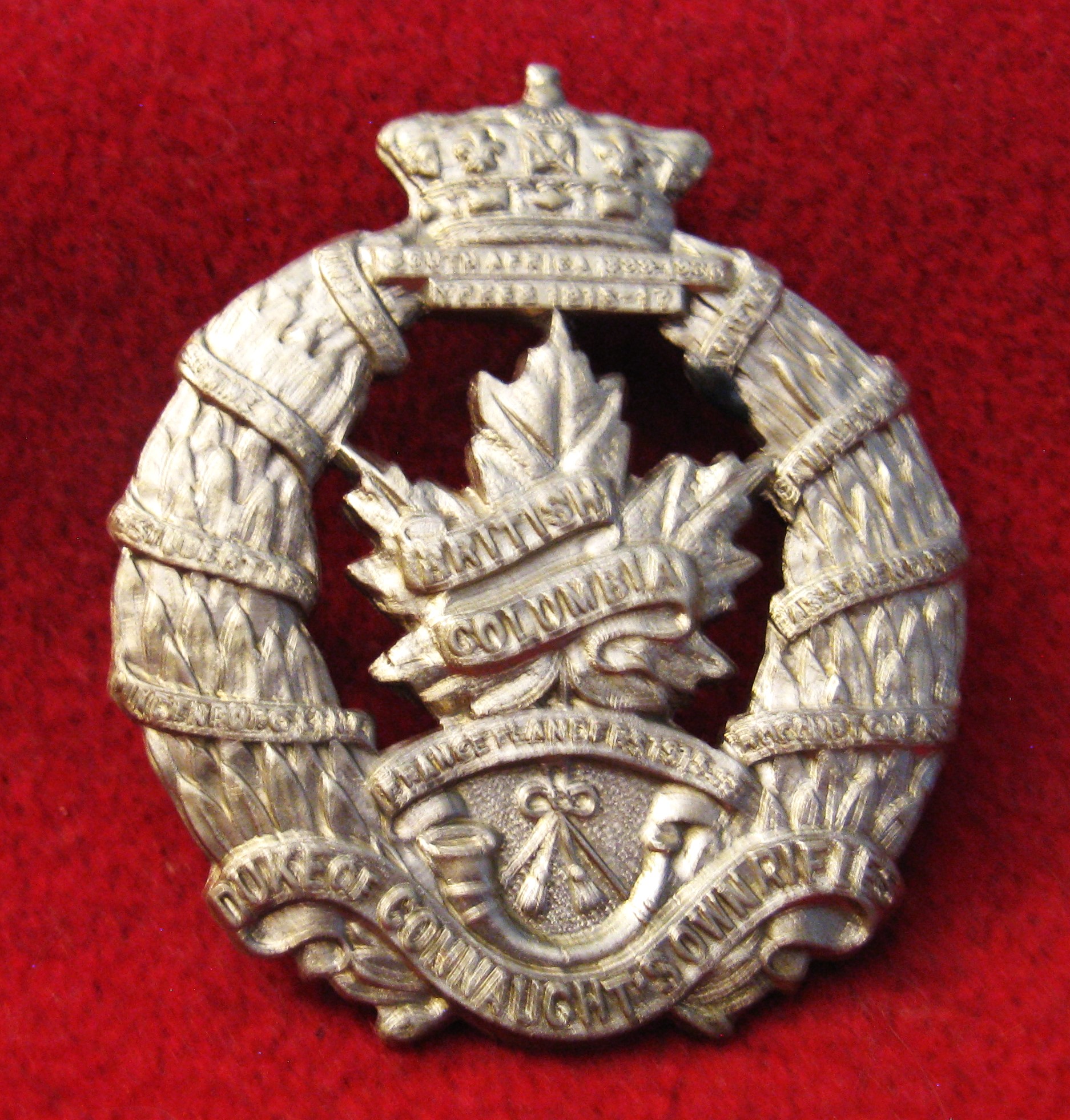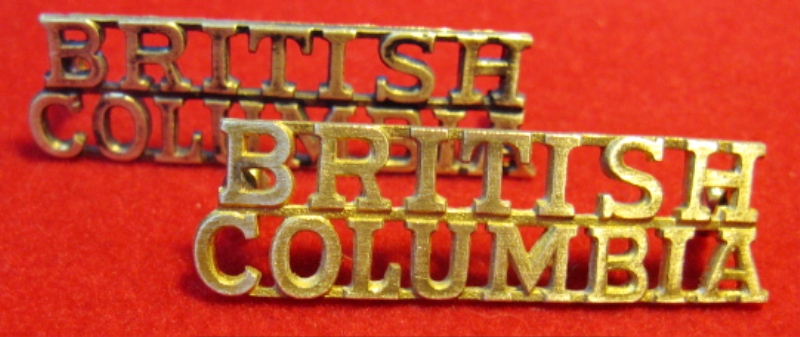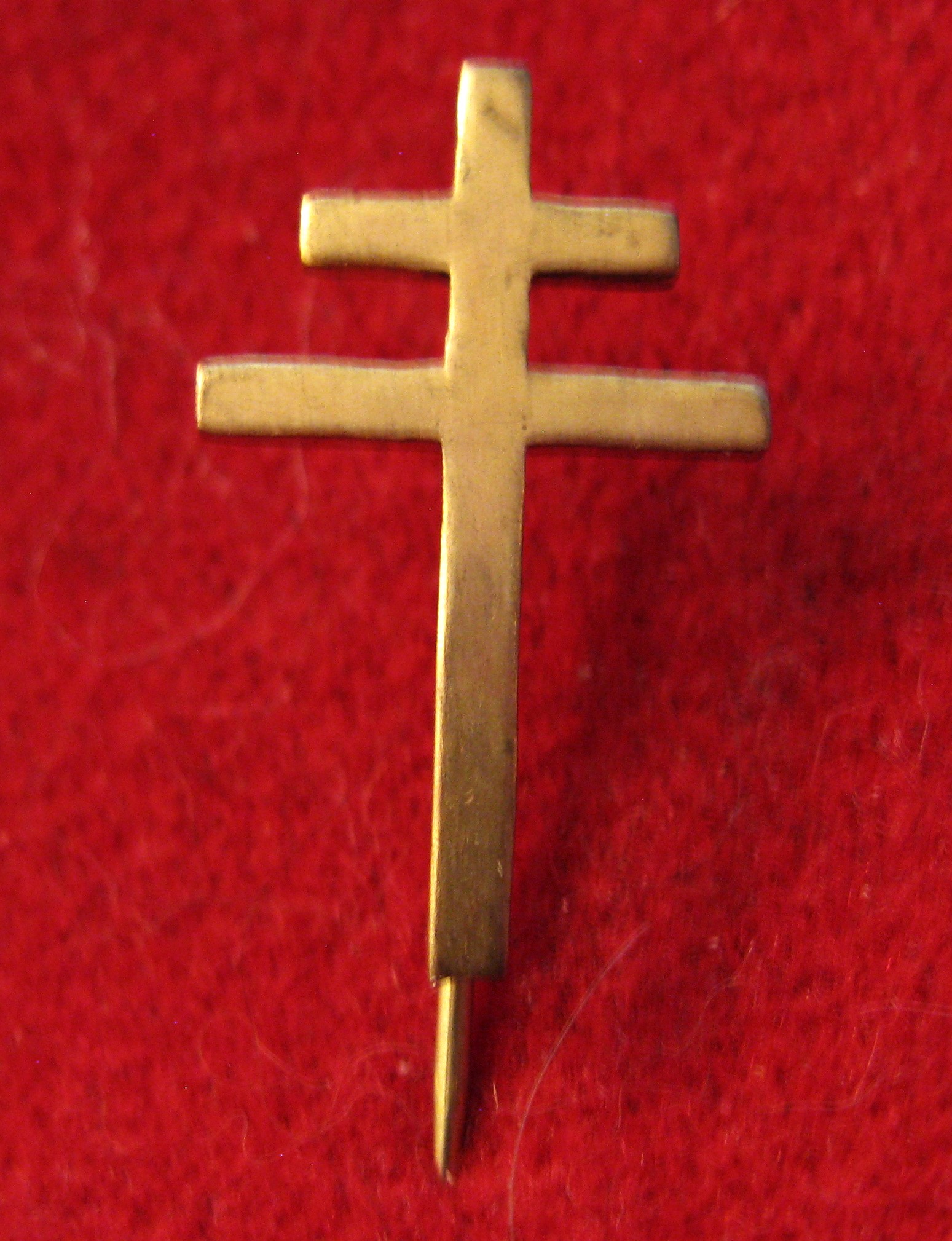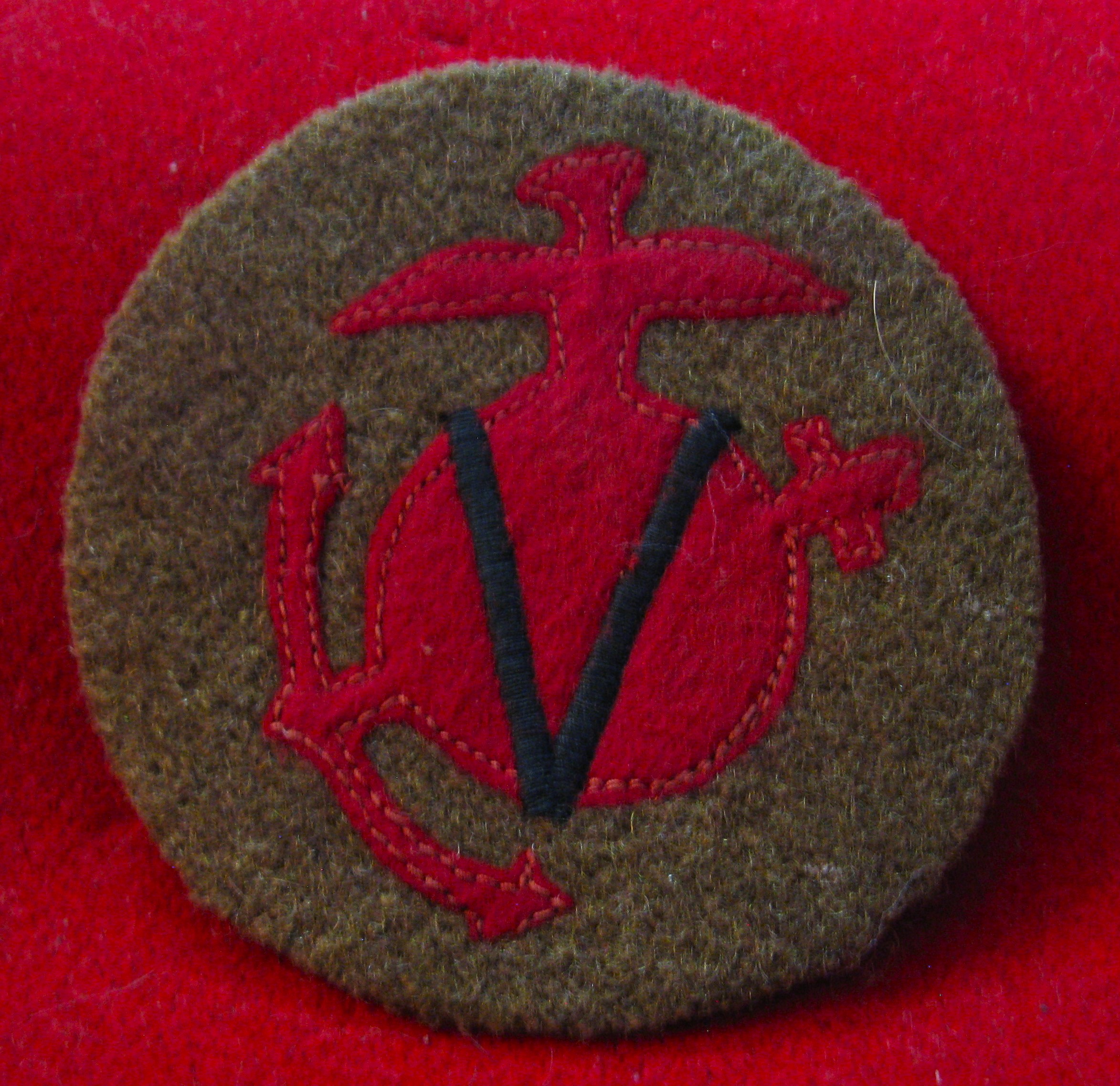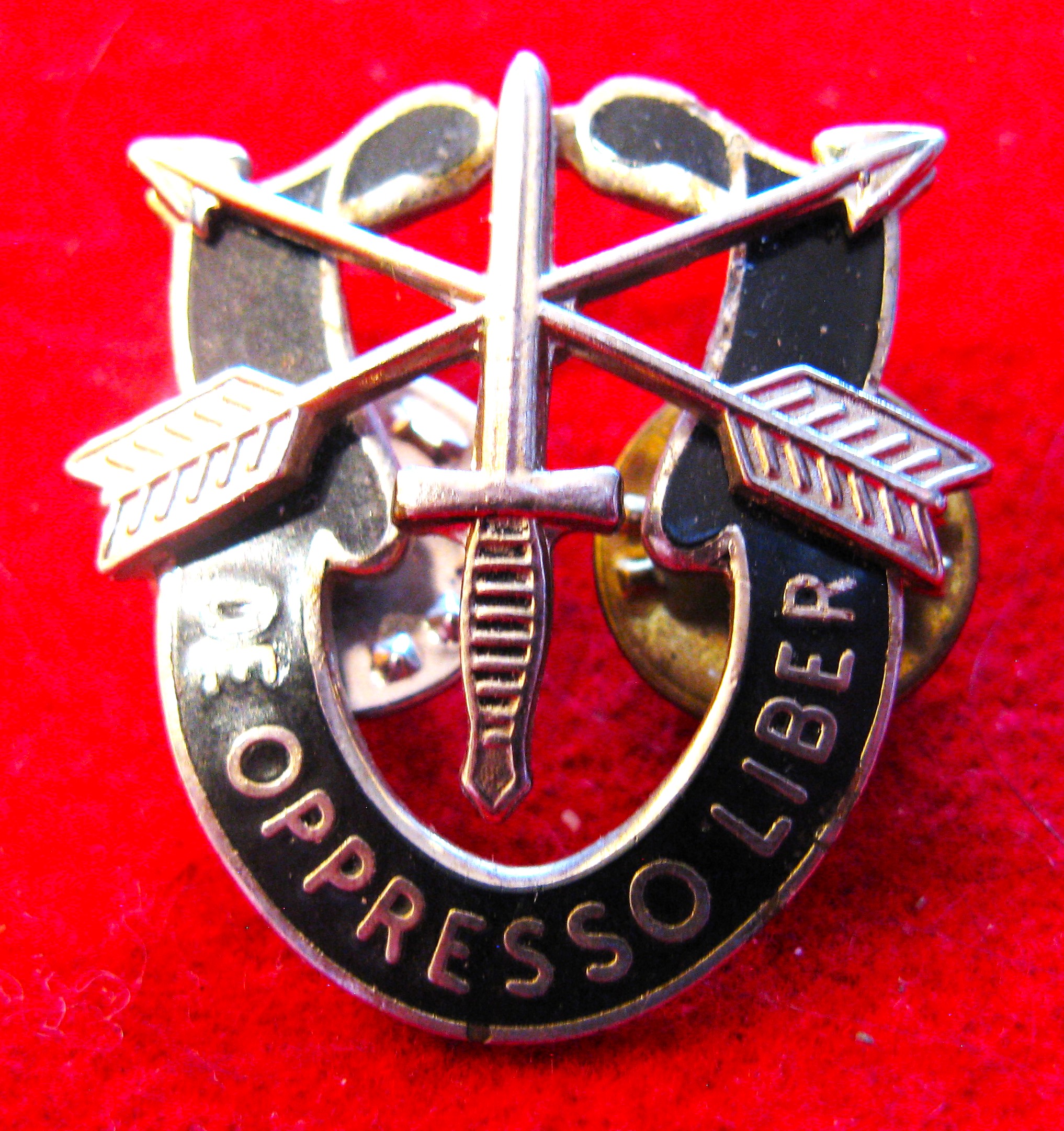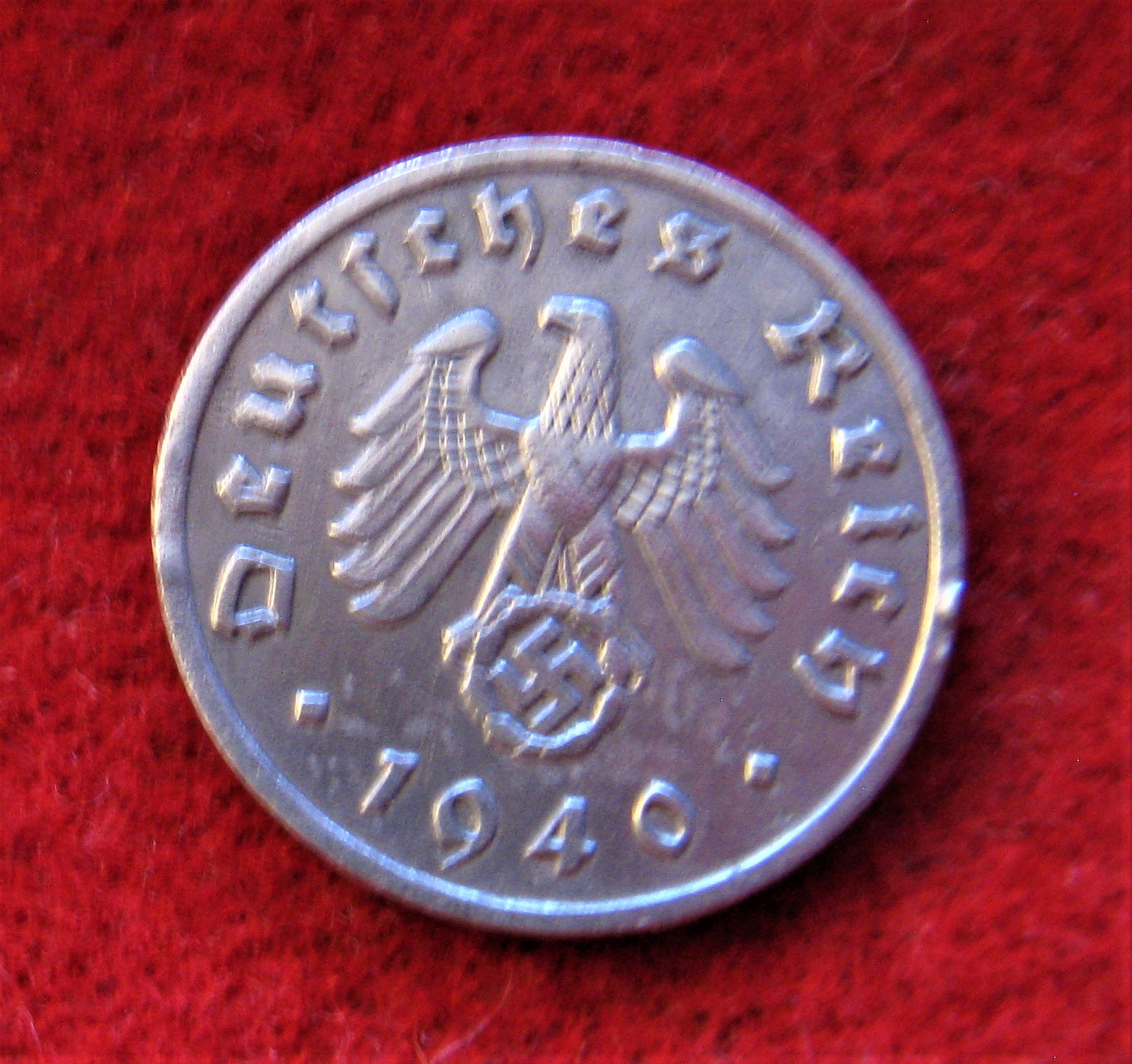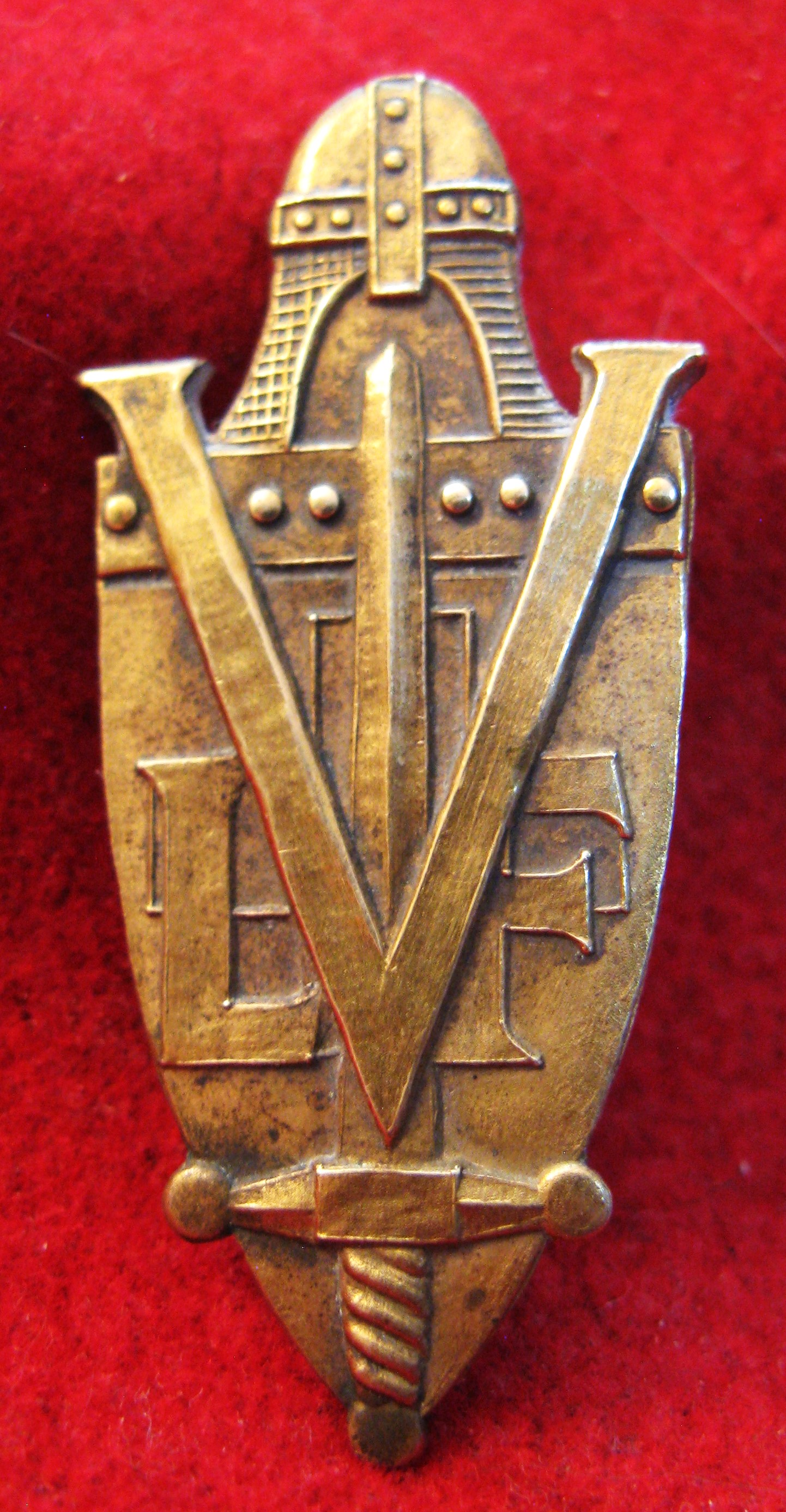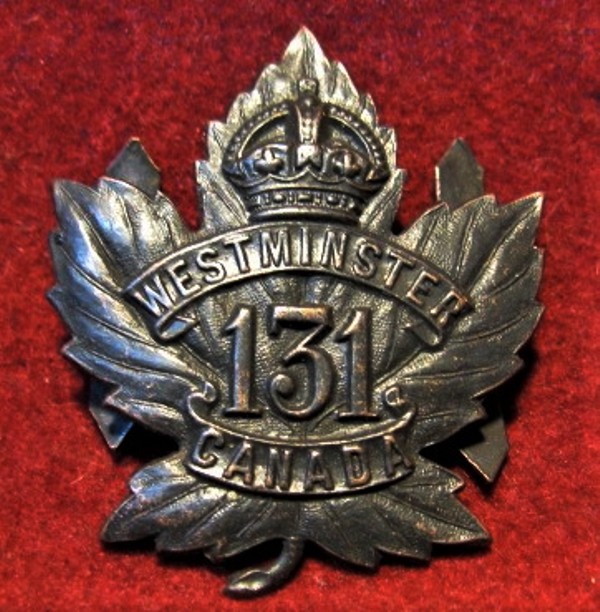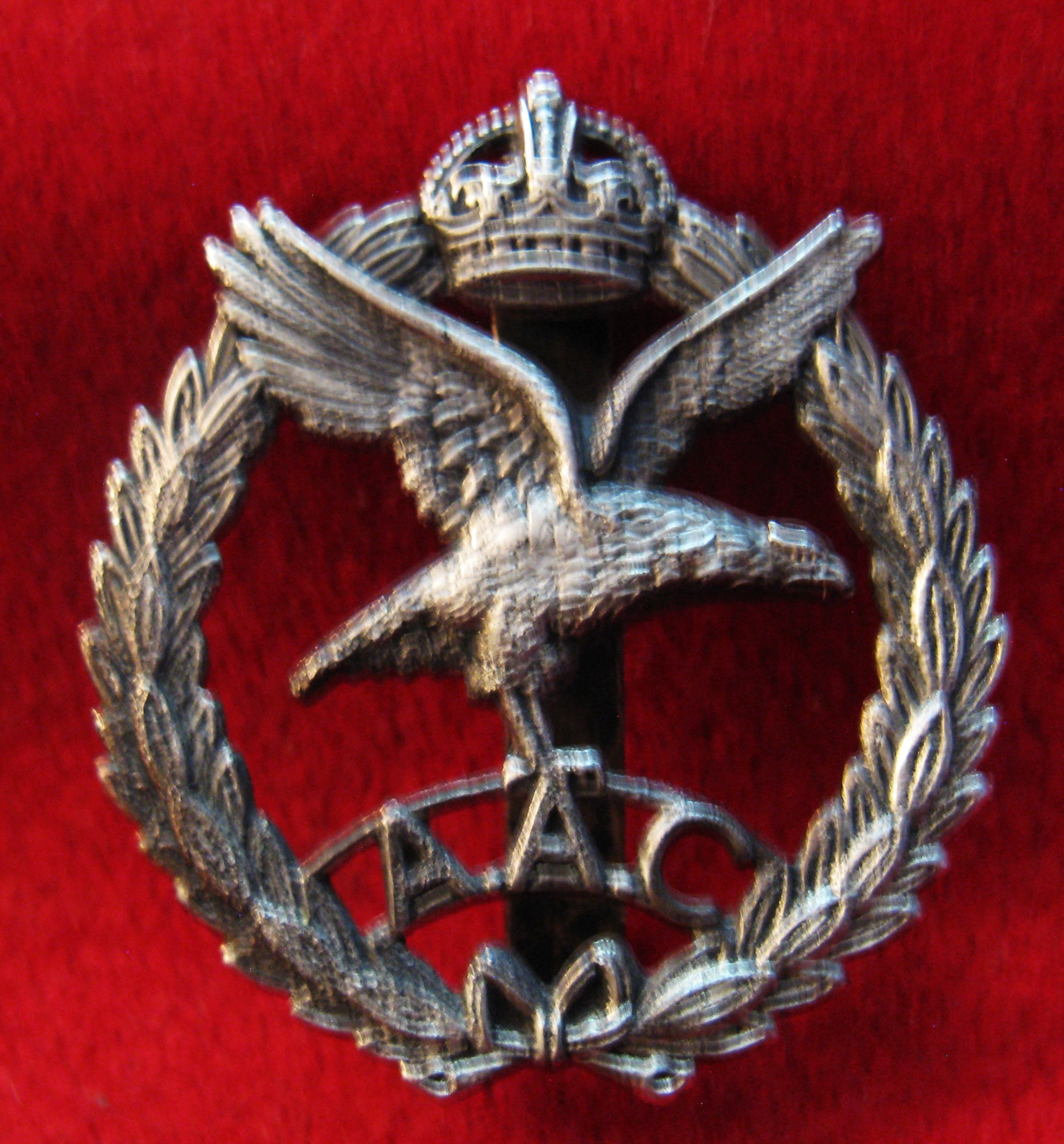Capetown Highland Regiment cap badge
#00002353
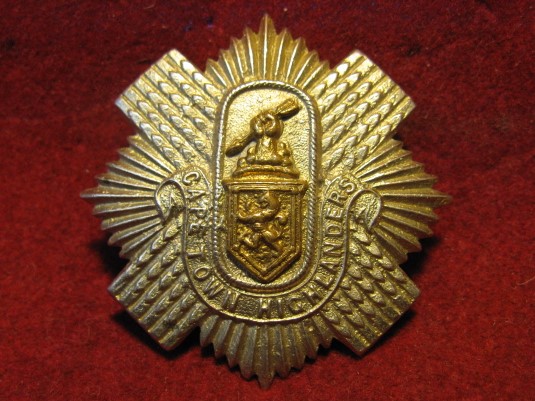
|
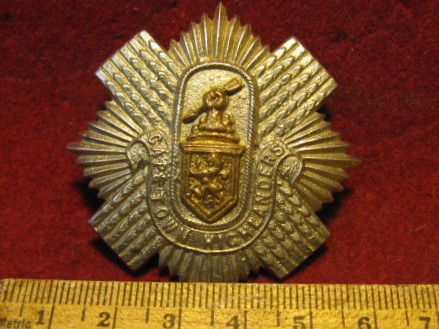
|
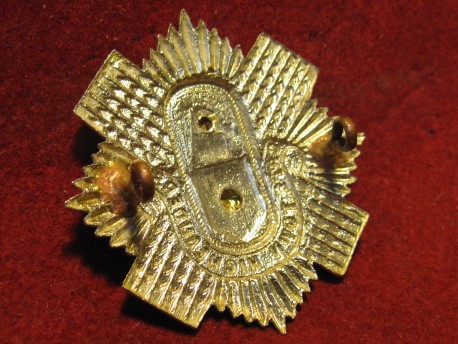
|
| Price: | $49.00 | |
| Shipping: | Canada: $4.00 | International: $4.00 |
| Insurance: | Canada/US: $30.00 | International: $12.00 |
| If insurance is declined the buyer takes all responsibility for damage or loss in shipping. | ||

|
S+H: $16.00 No GST Shipping to United States Change Country | |
Guaranteed 100% genuine.
I will happily combine items to save shipping costs if you purchase other items as well... On all our products we accept prepaid authorized returns within 14 days of shipping, for full product credit, if you are not pleased..
At the outbreak of World War II in 1939 the regiment was again mobilised. However, it did not fight in the first campaign of the South African Army in the war, the Abyssinian Campaign of 1940 to 1941. However, in mid-1941, the regiment was briefly sent to Egypt to escort thousands of Italian prisoners of war to internment camps in South Africa; it returned to Egypt in late June of the same year to join the newly arrived South African 1st Infantry Division in the Western Desert.
The Cape Town Highlanders fought in all of the major battles of the Western Desert Campaign, including the Battle of El Alamein. Indeed, the regiment is one of only three in the world (all of them South African) to have not only the usual two Alamein battle honours "Alamein Defence" and "El Alamein" but a third, "Alamein Box", which resulted from a separate action during the initial defence. This action played a significant role in halting Rommels advance on the tired and depleted British Eighth Army.
During the regiment's subsequent deployment to Italy, the regiment was temporarily combined with South Africa's senior Scottish unit, the First City Regiment, to form the First City/Cape Town Highlanders. This combined unit fought from Battle of Monte Cassino to the Alps, culminating in the heroic capture at bayonet-point of the strategic peak of Monte Sole as part of the South African 6th Armoured Division.
In 1947, Queen Elizabeth (later Queen Elizabeth the Queen Mother) was appointed colonel-in-chief,


